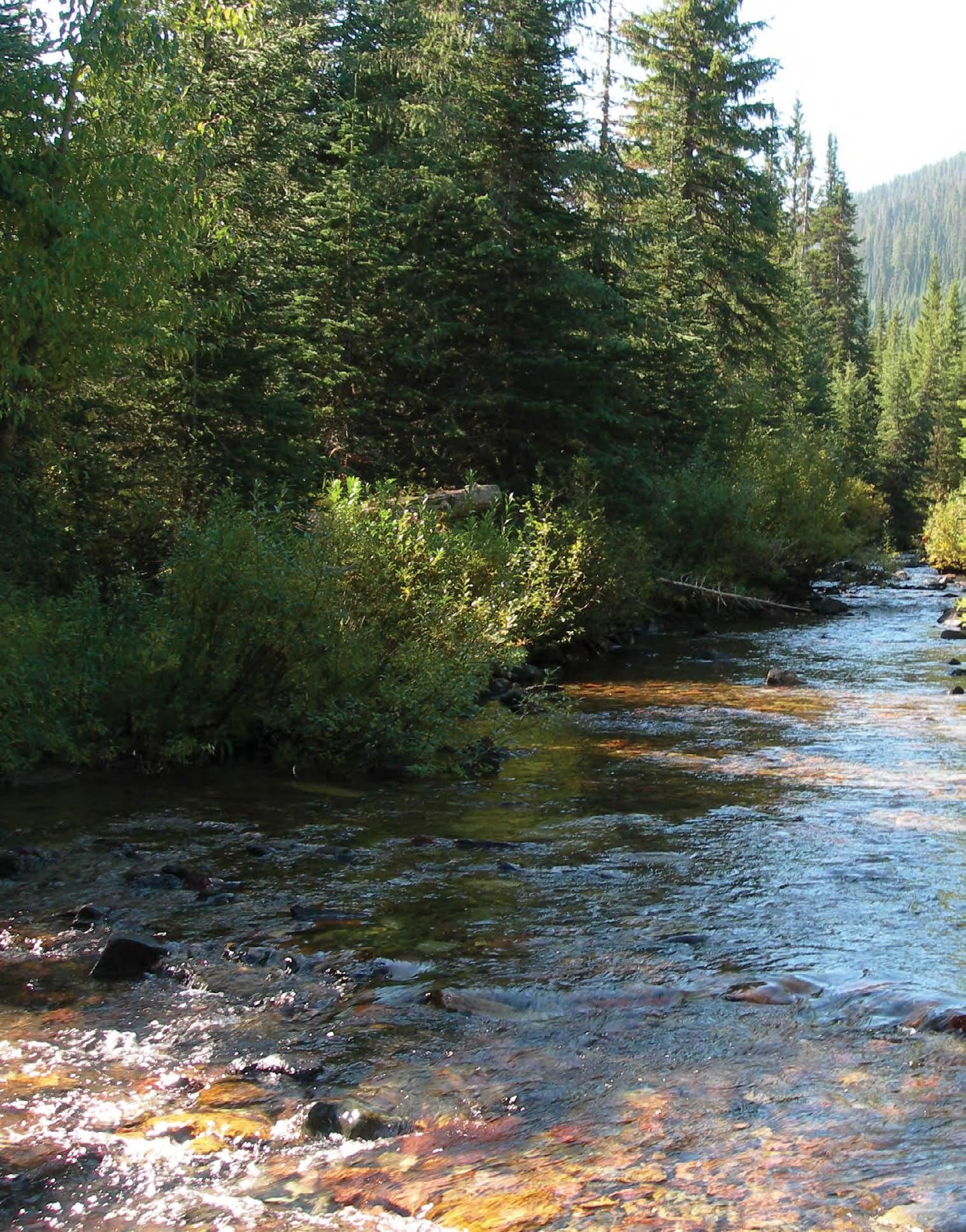
4 minute read
Are We Paying to Play While Others Get aFree Ride?
Among some hunters and anglers in the province, there’s a perception that our community pays for more than its fair share of the cost of wildlife conservation. But do we? And if we do, should we?
Last year, more than half of the revenue from hunting and fishing licence sales ($14 million) was directed to Alberta Conservation Association (ACA) for conservation programming. The remaining revenue was directed to the delivery of licensing services, $2.5 million went to Fish and Wildlife for inventorying fish and ungulate populations, and the rest went into the government’s general revenue fund.
Pat yourself on the back, hunters and anglers, because that’s a lot of money, and it’s doing a lot of good!
So, what do the nonhunting folks pay for?
Revenue through Alberta Environment and Parks (AEP) from things like camping and tours generated $33.4 million in 2018–19, and that was invested back into the parks system for recreation, conservation, programs, and services. And of course, money is allocated from general tax revenue into the environment and wildlife portfolios as well, so all Albertans contribute, whether they ever leave their own backyards or not.
The provincial government has also committed to introducing a mandatory $30 off-highway vehicle (OHV) registration and random camping trailer fee to pay for restoring and creating OHV trails, and to hire additional enforcement officers.
Less than three percent of Albertans hunt, and only six percent fish—but that’s actually significant in comparison to other provinces and states. Active hunters are increasing in Alberta in recent years, which bucks the North American trend, and that’s great news for the whole province—and its wildlife.
Nonetheless, hunters and anglers are still the minority, and that means that the vast majority of Albertans trust us to be science-based and ethical as we harvest a resource that belongs to everyone. Having a robust licensing, monitoring, and enforcement system in place serves us, serves wildlife, and serves the public.
Most of us happily pay our licensing fees every year for the privilege and pleasure of a traditional fish fry by the lake or a moose in the freezer. In fact, I would say that historically, and by and large, us hunters and anglers take a great deal of pride in our contribution to the science of conservation. And we should.
That said, it’s not just hunters and anglers who “consume” wildlife and habitat. The public consumes wildlife and habitat in other ways—many people get outdoors to bike, hike, swim, photograph, and camp—and the case can be made that they should also contribute. And especially in places with declining hunting numbers. After all, the money for conservation work needs to come from someone’s pocket.
Let me explain. My outdoor passion is for rattlesnakes, and I only hunt them with a camera. I spend most of my leisure time (and money) hiking for them, travelling to see different species, and trying to stop their widespread persecution.
One of my favourite rattlesnake destinations is Arizona, and every year, I pay US$160 for a non-resident hunting permit. Why? Because of how Arizona Game & Fish defines hunting, essentially. “Take” means pursuing, shooting, hunting, fishing, trapping, killing, capturing, snaring, or netting wildlife—and believe me, I pursue their 13 rattlesnake species up mountains and through cactus all over the state. And I have encountered their wildlife officers in the field. I’ve had to produce my licence. And I am happy to contribute because I recognize Arizona Game & Fish's contribution to conservation throughout the state.
Perhaps most importantly, I recognize that my hobby is not without harm.
Granted, there aren’t that many people who share my interest, but birdwatching is very similar and has huge numbers behind it. In Canada, estimates are upwards of 20 percent of the population. Of course, birders are probably the most numerous and important contributors to citizen science in the world, tracking populations and migrations in real time. But could they kick in more? A small, annual fee in each province or state they visit to watch birds, perhaps?
And with the advent of digital cameras and now drones, wildlife photography has become a huge pastime—and also a burden on wildlife, particularly in grizzly country. Some wildlife photographers don’t employ a lot of ethic, becoming highway hazards, baiting wildlife, and disrupting the activity of animals in their natural environment. It is a real bone of contention within the community, as members of the Facebook group Alberta Wildlife Photography can attest. Clearly, wildlife photographers as a group are in need of an accepted code of ethics, monitoring system, and method of licensing.
As the world changes—mostly because of our growing footprint on it—we all need to adapt and adjust. More than ever, we all need to invest in conservation if we want our grandchildren to see any wild animal outside a zoo. The hunting and fishing community has led by example for decades. Maybe it’s time to inspire other groups to join the conversation—and not because hunters and anglers resent the burden, but because we embrace the responsibility.






